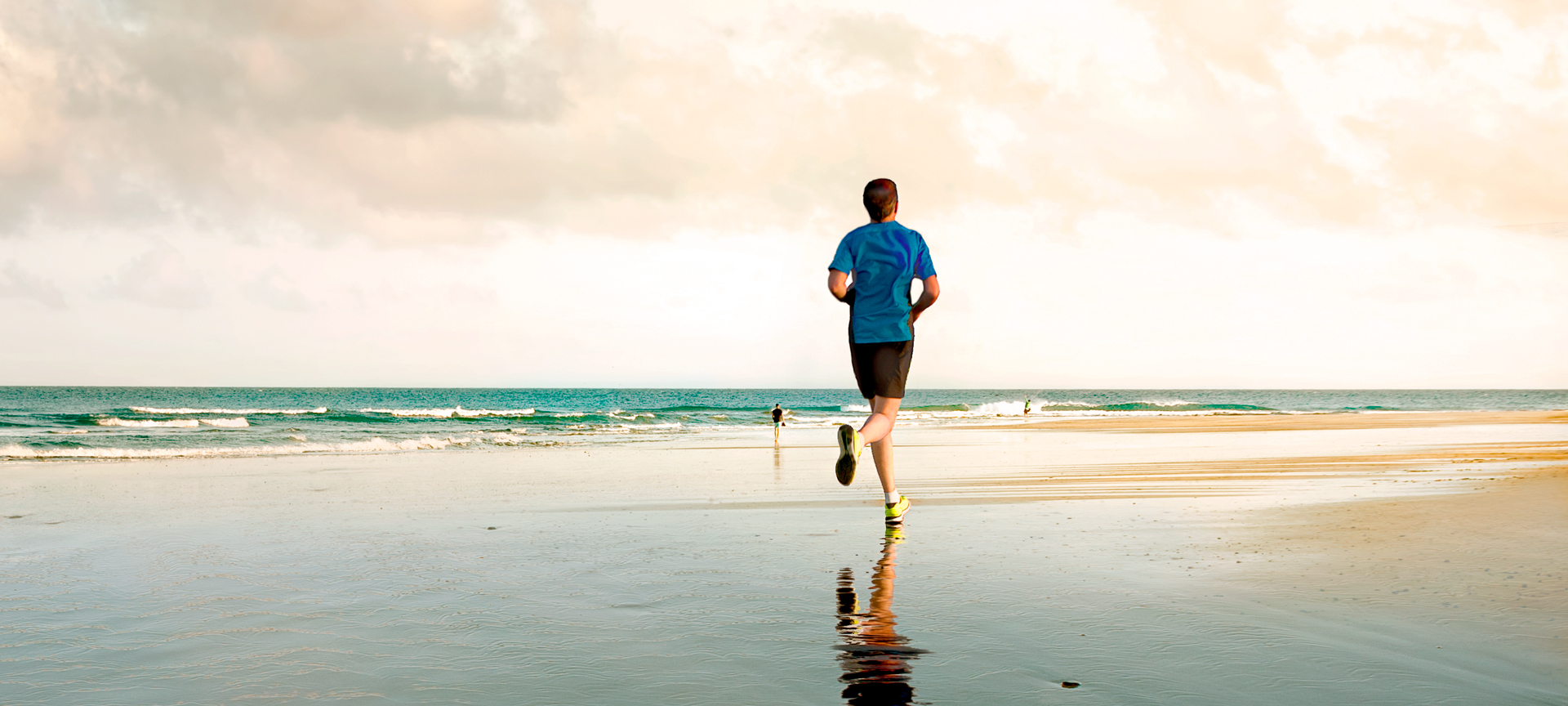WHY SPAIN
Because there are beaches where the wind blows practically all year round. Plus, the temperature is mild most of the time. Here are two facts that prove that Spain is the ideal destination for kitesurfing: Tarifa, in Cádiz, has become a mecca for this sport, and is host to several world trials every year; also one the leading international figures of this sport, ten-time world champion Gisela Pulido, is Spanish and practises kitesurfing on our coast.








